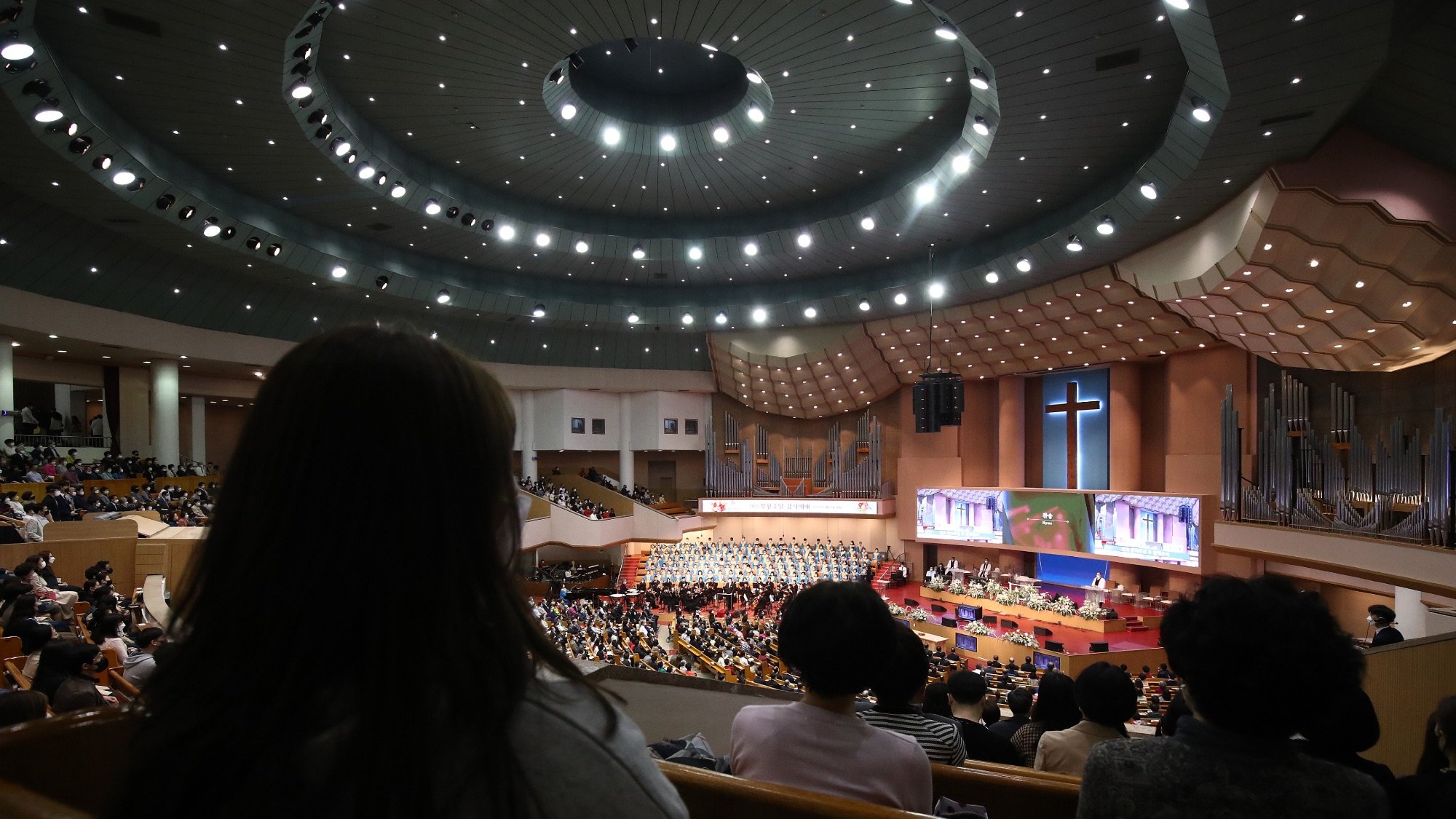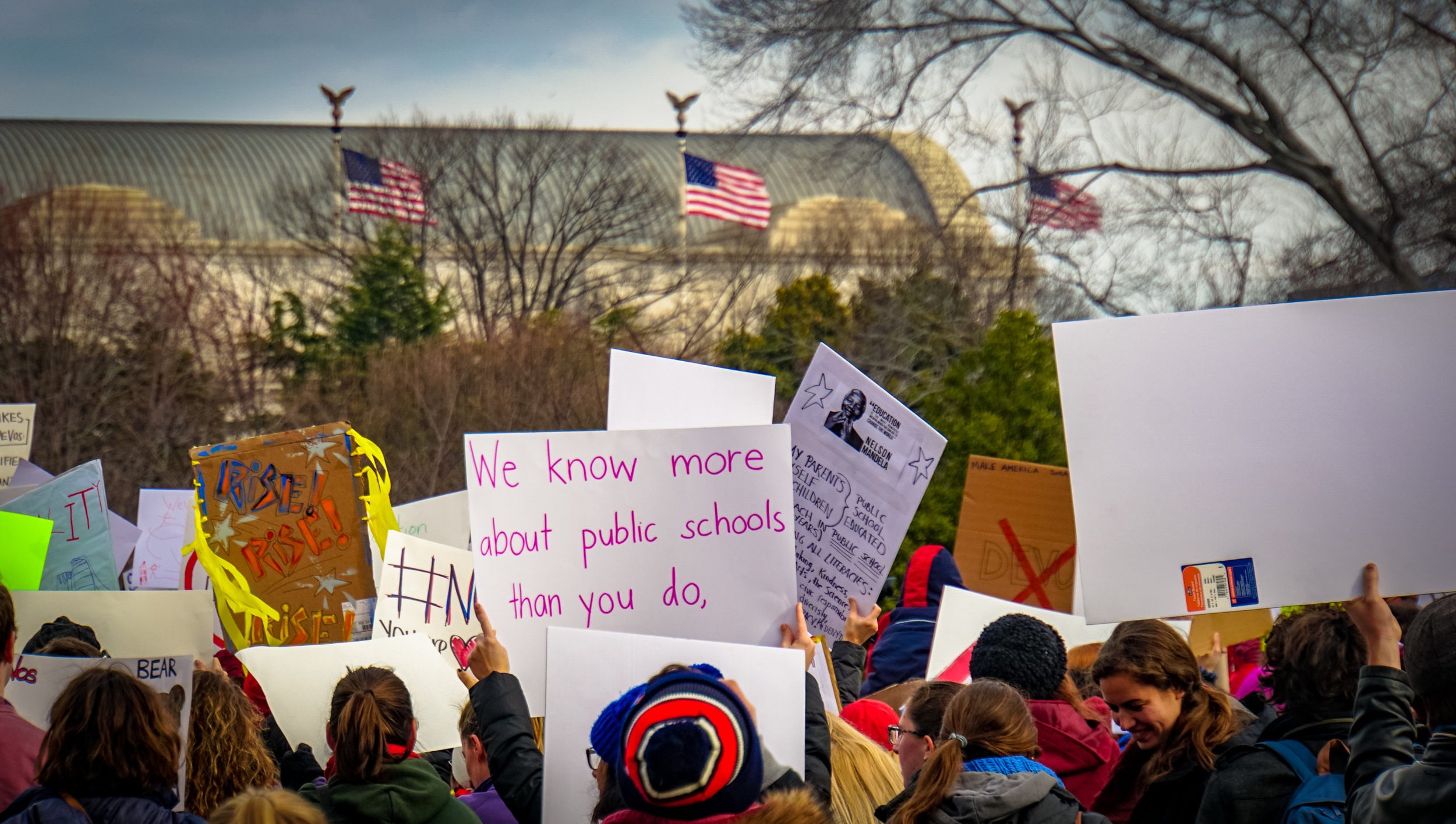How do you transform European hearts?
It’s one thing to tell people about Jesus. It’s another to get them to change the way they live and help them develop the kind of daily practices that, as the late American philosopher Dallas Willard once wrote, “actually lead to the transformation of life.”
That thought drove Michael Stewart Robb, a Munich-based American theologian who wrote a book on Willard, to found the Sanctus Institute in 2017. He wanted something—an infrastructure, an organization—to teach Christians to foster the day-to-day disciplines and practices that shape people spiritually. Today the institute brings together ministers and ministries with an interest in spiritual formation from across the continent.
Evangelicals in other parts of Europe have started exploring and rediscovering ways of connecting with God too. From Methodist band meetings in Bulgaria to urban monks in Paris and Berlin and spiritual retreats in Portugal, missionaries, pastors, and everyday Christians are looking for ways to not only pursue converts but also help people conform to the image of Christ.
According to Willard, who died in 2013, American evangelicals started feeling a pressing need to emphasize discipleship after World War II. Many ministers and Christian leaders felt the Sunday sermon alone, or even the Sunday sermon plus a midweek Bible study, didn’t provide people enough sustenance to really live like Christians. Churches had put too much emphasis on head knowledge and belief, not enough on formation.
Today, ideas about the importance of discipleship are widespread in the United States, Robb said. Americans can easily find books—including titles by Willard and a range of writers including Richard Foster, Henri Nouwen, Richard Rohr, Elizabeth Oldfield, Ruth Haley Barton, Barbara Peacock, Diane Leclerc, James Wilhoit, John Mark Comer, and many others—as well as retreats and seminars on the topic. Many seminaries teach spiritual direction and offer specialization in spiritual formation.
“You can’t run a seminary in North America unless you say you do spiritual formation. It’s part of the package,” Robb said. “In Europe, you don’t really see that.”



















